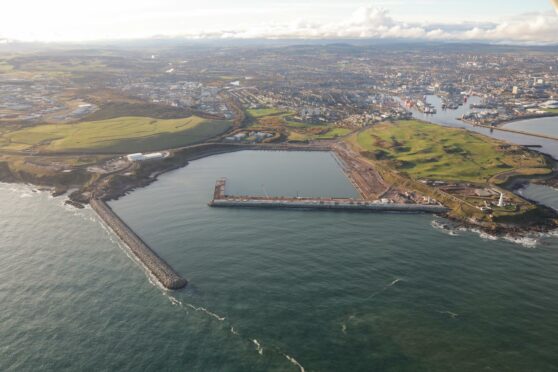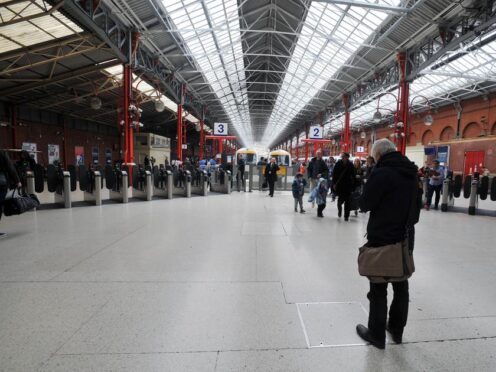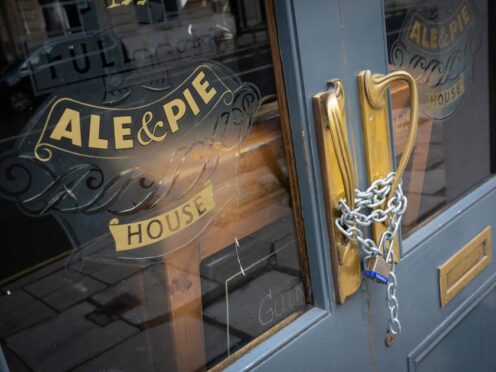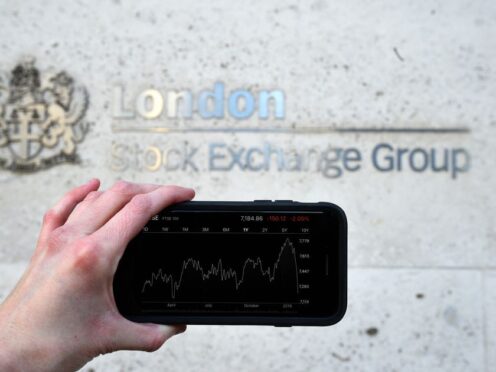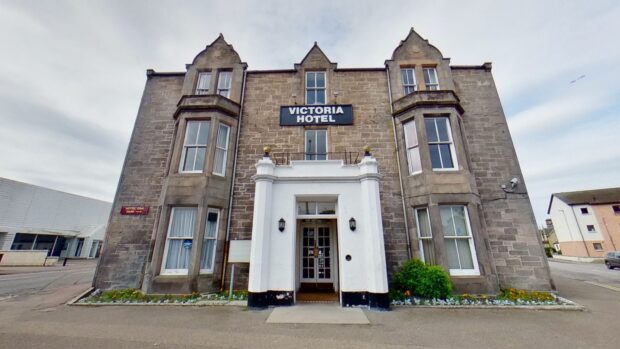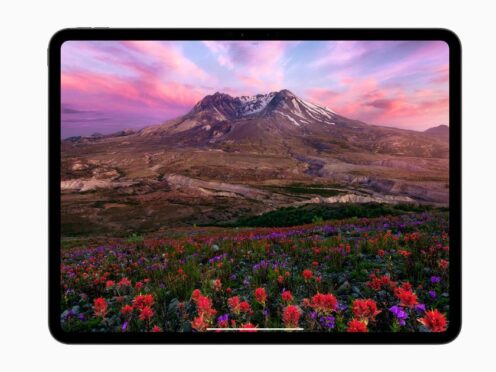Aberdeen is on the cusp of change again, and like the past 900 years, the harbour will be central to the future prosperity of the region. Bob Sanguinetti, Chief Executive at Aberdeen Harbour Board, discusses the future of Aberdeen Harbour.
“The city is perfectly located to be Europe’s energy transition capital, and our £350 million expansion project – which is less than a year away from its operational phase – will be at the heart of the development of high potential sectors, including offshore wind and green hydrogen.
The expanded Aberdeen Harbour will continue to be a multi-use port, bolstering the economy in the North East of Scotland and contributing greatly to Scotland’s overall economy – by as much as £1.5 billion by 2035.
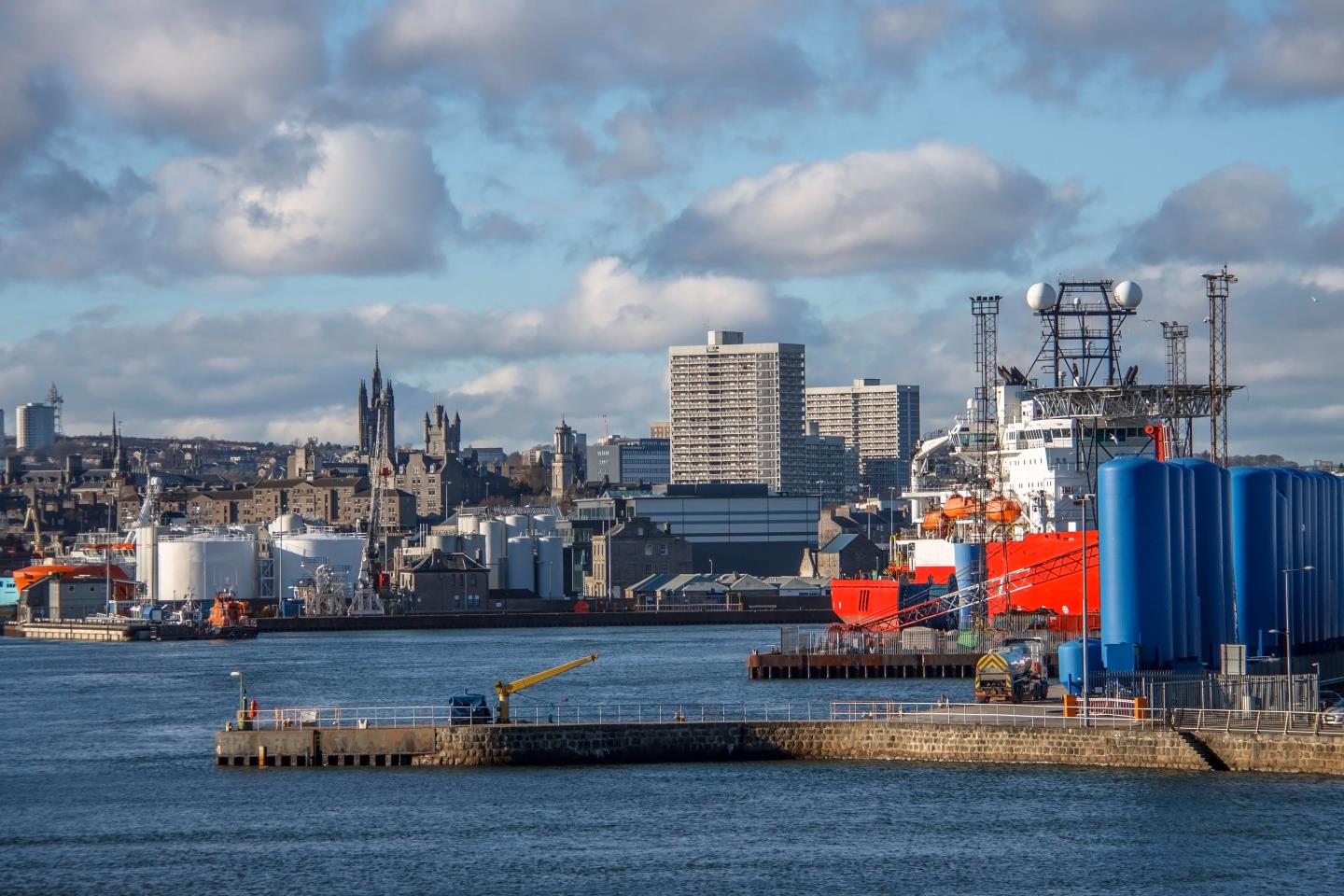
South Harbour has been designed to accommodate larger, wider and deeper ships, and incorporates considerable heavylift, flexible laydown space and expansive project areas, making it an ideal port for space-intensive industries such as offshore renewables.
It is located within close proximity to current and future offshore windfarm sites, bringing customers and their supply chains closer to their projects.
Couple this with the extensive and experienced supply chain on Aberdeen Harbour’s doorstep and you have the perfect combination in Aberdeen: capacity, location and expertise.
But our activities to reduce carbon emissions in Aberdeen and Scotland stretch well beyond our world-class infrastructure.
Our detailed analysis of port activities shows that 70% of CO2 emissions in the port come from vessels berthed alongside the quays. As such, we are working closely with our customers, port users and a variety of industry organisations to lead the drive for clean maritime at the port, which will have a positive impact on the ports and maritime industries in the UK.
We have recently been awarded more than £400,000 from the UK Government to fund a joint demonstration project aimed at delivering shore power within our existing North Harbour. Our partnership with Innovate UK and Connected Places Catapult will act as a blueprint for other UK ports to introduce sustainable fuel alternatives for vessels berthed alongside.
The feasibility study and pilot demonstration project will look specifically at small to medium vessels, such as Platform Supply Vessels and Offshore Service Vessels, which regularly visit our busy port.
A green maritime industry requires innovative thinking and practices, and our recently announced partnership with bp, along with a number of other stakeholder workstreams, will identify and develop projects to reduce emissions and lower air and noise pollution from vessels calling at Aberdeen Harbour.
Together, we will explore opportunities including quayside electrification, the use of hydrogen as a clean maritime fuel and the provision of lower carbon power supplies to all vessels in the port.
Overall, engagement and focus have exceeded our expectations and this further aids the delivery of meaningful solutions at pace.

In addition to our work within the maritime industry, we have taken a close look at the Harbour Board’s own activities. We recently completed a project to retrofit the lights within the port to sustainable LED alternatives, reducing our energy consumption for lighting by 50%. Our electric port vehicles are saving as much as 3,400 litres of diesel and this is set to increase as our electric vehicle fleet grows.
Furthermore, the energy we use in our office buildings now comes from 100% sustainable sources.
Our strong relationships across the private and public sectors, combined with our multimillion-pound investments in our assets and infrastructure, and established three-strand Green Port strategy, propels us into being Scotland’s leading port for energy transition.
Aberdeen Harbour has led change in the city before and we are doing it again now.
We are looking forward to working with our stakeholders to pull together our expertise and ultimately bring prosperity to the North East of Scotland and the wider maritime and energy industry.”
Find out more and get the latest updates about Aberdeen Harbour.
